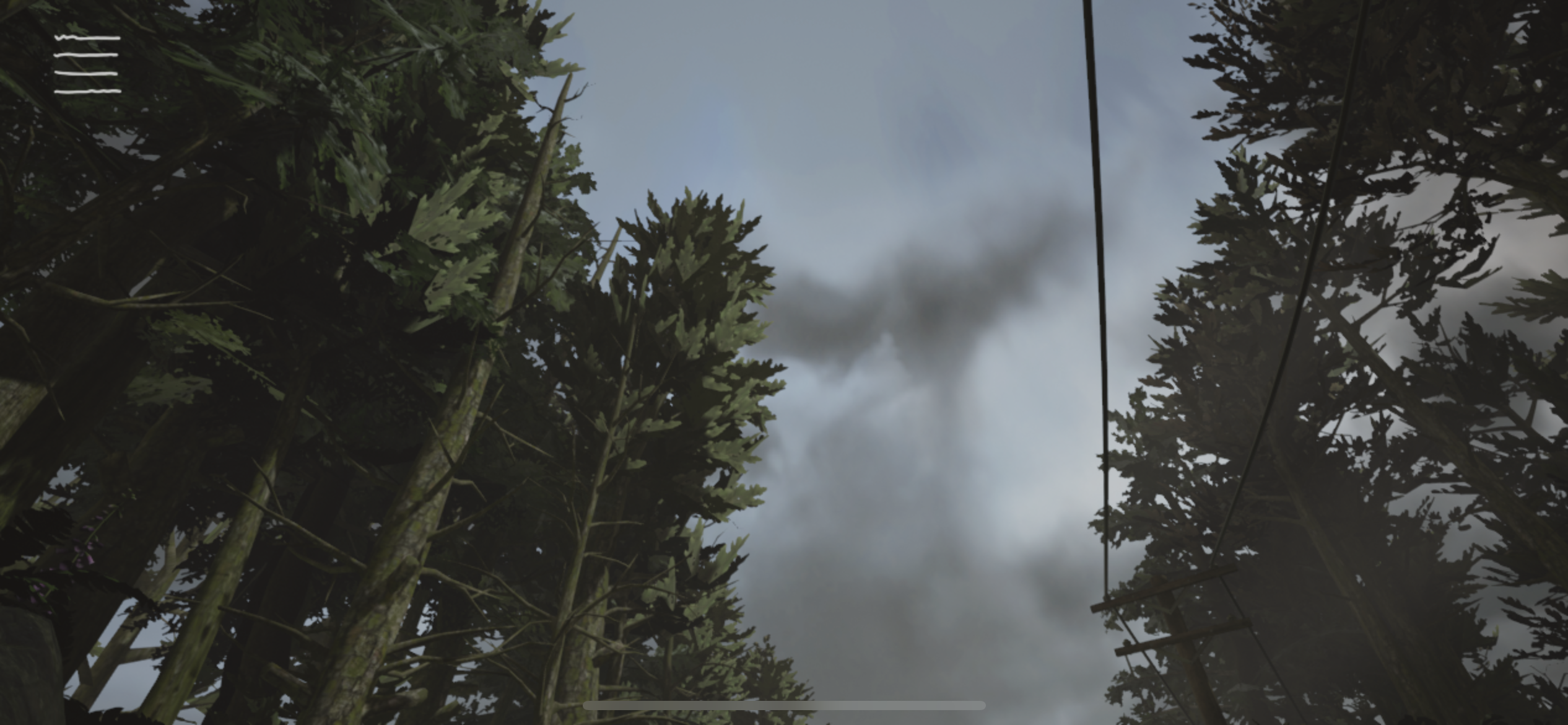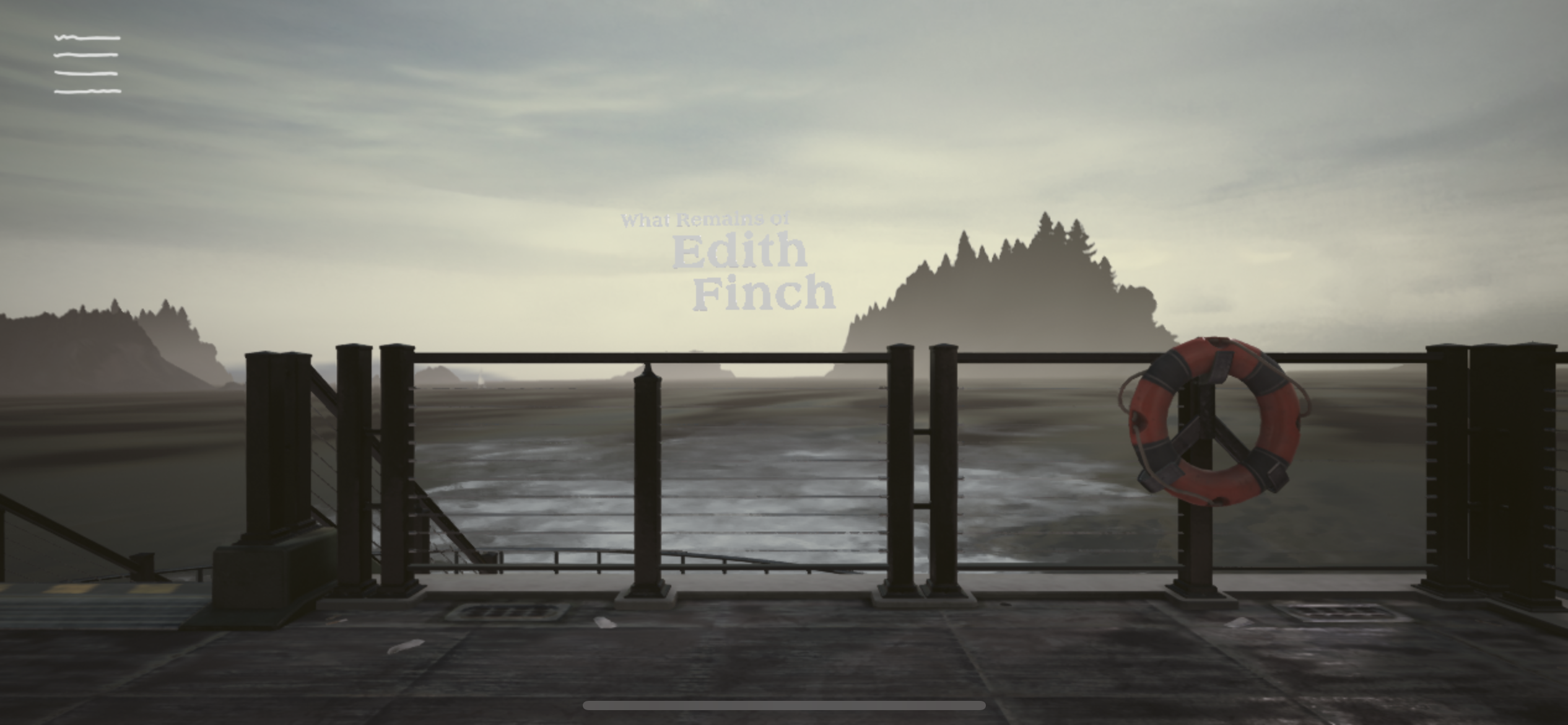Name of game: What Remains of Edith Finch
Creator: Giant Sparrow
Platform: Available on Nintendo Switch, PlayStation 4, iOS, Xbox One, Microsoft Windows. (I played on my iPhone.)
Target Audience
Since it contains themes of violence and drug use, the target audience for this game is 13+. I think the game would be most enjoyed by adults; the death and loss of the story might be damaging for younger teenagers. People who enjoy mystery stories would like this game the most.
Formal Elements
Players, Rules and Procedure:
This is a single player game. The interaction pattern is one player vs. game interaction; you explore the house as your avatar and interact with certain objects.
This is a walking simulator game in which the player’s actions are fairly restricted. You can walk around the landscape and interact with objects that will help you move the narrative forward. The rules are therefore very simple: keep walking to places that are within the bounds of the game, and try to uncover the mystery. The beauty of this game is not the complexity of the mechanics, as with most walking simulator games. When you isolate the rules and procedures, they’re incredibly simple — you’re basically a sim in The Sims. But the power of this format is how it makes you think through your decisions and how they influence the game’s outcomes. You control the narrative through your exploration. 
Conflict, Objective, Outcome:
This is not a game about winning and losing; the main conflict is solving puzzles in order to uncover the mystery of the world. Your objective is to explore the environment and thereby understand the story of Edith Finch. The ultimate outcome (though I haven’t gotten to the end) will be solving the story and perhaps having some impact on the world’s future.
Resources and Boundaries:
There are not really resources in this game: you are just trying to understand the story of the world. This game does have significant boundaries. You are not allowed to walk around anywhere in the landscape; the game will simply prevent you from moving to certain places, like far into the woods. This helps you direct yourself towards relevant places in the game and continue pushing the narrative forward.
Types of Fun
For a walking simulator game, the fun is rarely in the mechanics and often in the aesthetic of the game and the story it tells. I think the fun of this game is discovery (as you uncover the mysteries of the family) and narrative (as the full story comes together). Each room of the house tells a story of a family member and you experience some of their life. You thereby see the story unfold out of order through many people’s perspectives. This can be challenging as a player as you do not always know how the stories fit together or what to do next, but it combines to tell a compelling narrative.
Moments of Success and Things I’d Change
I found it hard to control the game on my phone. I sometimes walked incorrectly and had to reset myself. I am sure this would be easier on other platforms and is likely just a flaw of playing on iPhone. However, it would be nice if there was an easier way to navigate the world like in a game like The Sims.
In terms of success, I found the game aesthetically pleasing and evocative. The visuals were nicely done. I also thought the story was mysterious and compelling.



